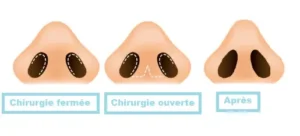This procedure is most commonly used for complex rhinoplasty procedures. It is also used for secondary rhinoplasty cases.
The doctor will tell you which of the two techniques he or she finds most appropriate for your case. There are a number of specific options for adjusting the nose to achieve the ideal shape you desire. Here are the most common procedures:
Osteotomies:
This primarily involves changing the shape of the bony part of the nose. This technique can be used alone or in combination with hump reduction and deviation correction since all procedures work to fix the bridge of the nose. Osteotomies are generally indicated for defect correction; asymmetry of the bony arch, or narrowing of a wide arch and closure of an open roof after resection of a large osteocartilaginous bump.
Surgery to define the tip of the nose:
This operation nose Tunisia settles all the problems which you could have with the point of the nose. It can concern a procedure to raise a drooping tip, lower a tip that is too high, move a tip that is too far back or even create a new tip if necessary.
Plastic surgery of the nasal dorsum:
Nasal dorsum surgery in Tunisia involves reducing the hump and recreating two parallel lines for the nasal bridge. This technique consists of shaving the hump downwards to allow the profile line to be harmonized.
Septal time:
Often, breathing problems can stem from a deviated or non-straight nose. And often, most people feel that the nose is asymmetrical and does not match their face well. This rhinoplasty Tunisia operation corrects any curve that the nose may have when looking at it directly. In these cases a septoplasty or rhinoseptoplasty is indicated.



